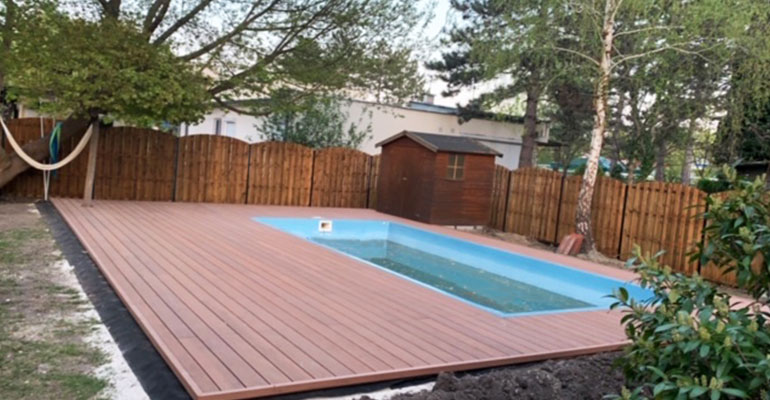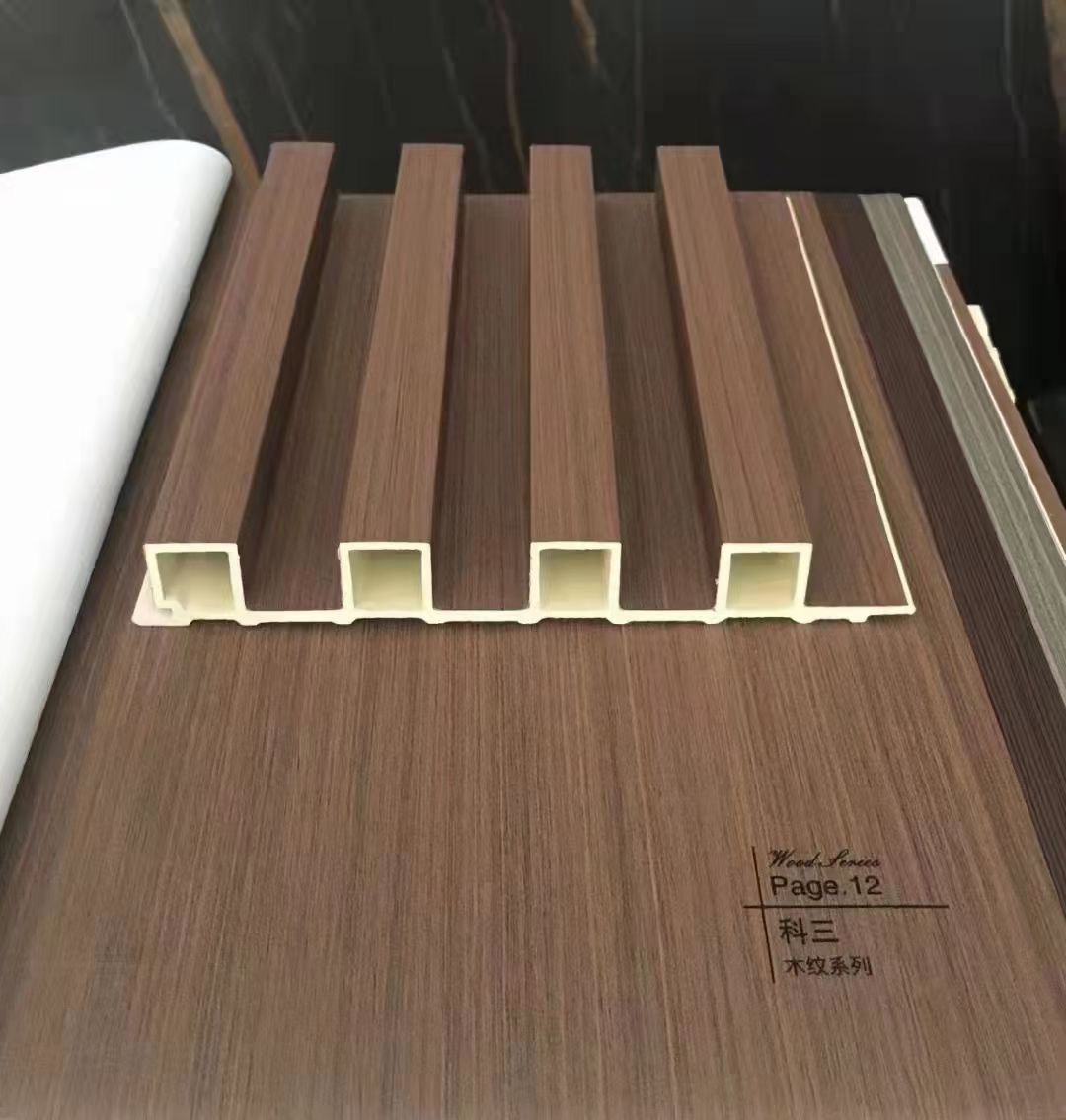
Composite decking canada:an ideal choice for durability, beauty and environmental protection
November 7, 2022
Is WPC Decking Slippery?
November 25, 2022
WPC Materials: Sustainable Innovation for Modern Interior Wall Solutions
Redefining Interior Design Standards
As environmental consciousness reshapes construction material preferences, Wood-Plastic Composite (WPC) emerges as the vanguard of sustainable interior solutions. These hybrid materials combine 55-70% wood fibers with recycled thermoplastics, creating wall systems that outperform traditional options in both functionality and ecological impact.
Core Advantages of WPC Wall Panels
Superior Performance Characteristics
- Fire Safety Compliance: Achieves B1-grade flame retardancy (GB8624-2012 standard) with self-extinguishing properties
- Moisture Resistance: 0.5% water absorption rate prevents warping in humidity up to 95% RH
- Structural Integrity: 18.6 MPa flexural strength maintains dimensional stability across temperature fluctuations
Aesthetic Versatility
Modern WPC panels offer 120+ surface treatments ranging from authentic woodgrains (oak, teak, walnut) to contemporary metallics. Advanced digital printing enables photorealistic stone and abstract patterns, while UV-resistant coatings maintain color stability for 15+ years.
Technical Breakthroughs in WPC Manufacturing
Recent innovations propel WPC applications beyond conventional uses:
- Microcellular Foaming: Reduces density by 25% while increasing impact resistance by 40%
- Co-Extrusion Barriers: 0.3mm polymer layers achieve IP67 waterproof rating
- Nano-Coatings: Antibacterial treatments inhibit 99.6% of common pathogens
Environmental Impact Analysis
Third-party LCA studies confirm WPC’s ecological advantages:
| Material | Carbon Footprint (kg CO2/m²) | Recycled Content |
|---|---|---|
| WPC Panels | 2.1 | 85-92% |
| Natural Wood | 5.8 | 0% |
| MDF | 4.3 | 10-15% |
Installation and Maintenance Benefits
WPC wall systems feature innovative click-lock mechanisms enabling 35% faster installation than traditional materials. The non-porous surface requires only quarterly cleaning with pH-neutral solutions, eliminating seasonal maintenance costs associated with wood treatments.
Emerging Applications in Smart Homes
Leading manufacturers like Plastory now integrate functional enhancements:
- Conductive layers for hidden wiring management
- Thermal insulation cores reducing energy costs by 18%
- Acoustic dampening systems achieving 32dB noise reduction
Future Development Trends
The global WPC market (CAGR 11.2% through 2028) drives advancements in:
- Bio-based polymer matrices using PLA and PHB
- Self-healing surface technologies
- Integrated photovoltaic layers
Conclusion
WPC materials represent more than an eco-friendly alternative – they embody the future of intelligent interior design. From residential feature walls to commercial spaces, these panels deliver unmatched performance while supporting circular economy principles. Explore cutting-edge WPC solutions at Plastory to transform your spaces with sustainable innovation.

